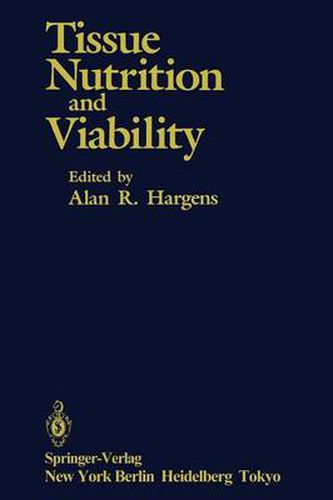Readings Newsletter
Become a Readings Member to make your shopping experience even easier.
Sign in or sign up for free!
You’re not far away from qualifying for FREE standard shipping within Australia
You’ve qualified for FREE standard shipping within Australia
The cart is loading…






This title is printed to order. This book may have been self-published. If so, we cannot guarantee the quality of the content. In the main most books will have gone through the editing process however some may not. We therefore suggest that you be aware of this before ordering this book. If in doubt check either the author or publisher’s details as we are unable to accept any returns unless they are faulty. Please contact us if you have any questions.
Recent research, especially in fields of orthopaedic surgery and rehabilita tion, point to the importance of periodic, moderate stress for maintaining normal structure and function of tissues. Moreover, growth and healing of load-bearing tissues such as bone, cartilage, and intervertebral disc are especially dependent upon stress-related stimuli. Extreme levels of stress, however, are usually detrimental to tissue integrity, and most treatment regimens today address problems related to trauma and other conditions of abnormally high stress. Therefore, the purpose of this book is to bring together experts in fields of tissue nutrition and growth in order to review previous work and examine new ideas and results concerning the importance of mechanical stress in tissues. This book is unique in that the topic of tissue nutrition and growth, especially related to possible benefits of periodic moderate stress, has never been addressed comprehensively, drawing together experts on vari ous tissues and organs. One objective is to focus attention on tissue nutrition where controversy still exists regarding basic mechanisms of metabolite transport and fluid homeostasis within the interstitium. An other objective is to examine the pathophysiology of tissue compression and discuss strategies to improve viability. Tissues which are treated in this book include bone, cartilage, intervertebral disc, lung, nerve, skeletal muscle, umbilical cord, synovium, skin, and subcutaneous tissues. Based upon these objectives, this book is primarily addressed to students, inves tigators, and teachers in fields of physiology, biochemistry, biomechan ics, exercise, orthopaedic surgery, rehabilitation, and sports medicine.
$9.00 standard shipping within Australia
FREE standard shipping within Australia for orders over $100.00
Express & International shipping calculated at checkout
This title is printed to order. This book may have been self-published. If so, we cannot guarantee the quality of the content. In the main most books will have gone through the editing process however some may not. We therefore suggest that you be aware of this before ordering this book. If in doubt check either the author or publisher’s details as we are unable to accept any returns unless they are faulty. Please contact us if you have any questions.
Recent research, especially in fields of orthopaedic surgery and rehabilita tion, point to the importance of periodic, moderate stress for maintaining normal structure and function of tissues. Moreover, growth and healing of load-bearing tissues such as bone, cartilage, and intervertebral disc are especially dependent upon stress-related stimuli. Extreme levels of stress, however, are usually detrimental to tissue integrity, and most treatment regimens today address problems related to trauma and other conditions of abnormally high stress. Therefore, the purpose of this book is to bring together experts in fields of tissue nutrition and growth in order to review previous work and examine new ideas and results concerning the importance of mechanical stress in tissues. This book is unique in that the topic of tissue nutrition and growth, especially related to possible benefits of periodic moderate stress, has never been addressed comprehensively, drawing together experts on vari ous tissues and organs. One objective is to focus attention on tissue nutrition where controversy still exists regarding basic mechanisms of metabolite transport and fluid homeostasis within the interstitium. An other objective is to examine the pathophysiology of tissue compression and discuss strategies to improve viability. Tissues which are treated in this book include bone, cartilage, intervertebral disc, lung, nerve, skeletal muscle, umbilical cord, synovium, skin, and subcutaneous tissues. Based upon these objectives, this book is primarily addressed to students, inves tigators, and teachers in fields of physiology, biochemistry, biomechan ics, exercise, orthopaedic surgery, rehabilitation, and sports medicine.